Rare cases in young people
On July 20, Master-Doctor Nguyen The Toan, Head of the Department of Surgery, Gia An 115 Hospital, said that this was a special case. The patient had biliary tract cancer in the hilar region (Klatskin tumor) at a very young age, 34 years old (unlike most people with the disease who are over 60 years old).
Therefore, the disease progresses rapidly, easily causes bile duct obstruction, liver cell damage, and the prognosis for survival is from 6 months to 1 year. The patient has a biliary tract infection due to obstruction at the site where the stent was previously placed, and the size of the old stent is quite small, making this intervention difficult.
After being admitted, the Emergency Department doctors helped stabilize the patient's health condition. Medical history showed that the patient had undergone two endoscopic retrograde cholangiopancreatography (ERCP) procedures to place stents, six chemotherapy sessions, etc., and had the necessary imaging tests performed.
 |
| MSc. Nguyen The Toan shares the location of biliary tract cancer in the hilar region (Klatskin tumor) |
BVCC |
Taking a medical history, her family said that in early 2022, Ms. B. unexpectedly received test results showing that she had biliary tract cancer in the hilar region of the liver (also known as Klatskin tumor). Because she was living and working in Singapore, she was given emergency treatment by local doctors using a stent placement method, with a prognosis of 5 months to live. After that, she and her mother returned to Vietnam to find a specialist and a hospital to continue treatment.
Endoscopic retrograde cholangiopancreatography
After reviewing all of the patient's medical records from the onset of the disease to the present, Dr. Nguyen The Toan decided to treat the patient using endoscopic retrograde cholangiopancreatography (ERCP) to place a new stent with a larger size, while reassuring the patient and relatives.
After nearly 60 minutes of tension, the intervention was a great success. The old stent was replaced with a new, wider one, and bile flow returned to normal. After the intervention, the patient was alert and able to communicate, and the abdominal pain and vomiting gradually improved.
The next day, the patient was able to eat a special diet, and was discharged after 5 days of treatment. The patient will be re-examined as scheduled to monitor and maintain a better quality of life.
 |
Patients recover after intervention |
BVCC |
According to Dr. Toan, Klatskin tumor is characterized by three main symptoms: indigestion, jaundice, and anemia. Initially, the patient has indigestion due to narrowed or blocked bile ducts, causing insufficient bile to support digestion. However, in reality, most patients are hospitalized when the disease is in its late stages, the tumor has invaded the blood vessels or spread far into the bile ducts in the liver, with symptoms of jaundice or anemia.
"To prevent and detect Klatskin tumors early, each person needs to pay attention to their body, the signs of discomfort when eating, sleeping, moving, fever, jaundice or transient pain. Timely attention and examination can help detect early and increase the effectiveness of treatment by 50% - 80%," the doctor recommended.
Source: https://thanhnien.vn/cuu-benh-nhan-ung-thu-duong-mat-vung-ron-gan-tien-luong-song-6-thang-1-nam-1851479991.htm




![[Photo] Cat Ba - Green island paradise](/_next/image?url=https%3A%2F%2Fvphoto.vietnam.vn%2Fthumb%2F1200x675%2Fvietnam%2Fresource%2FIMAGE%2F2025%2F12%2F04%2F1764821844074_ndo_br_1-dcbthienduongxanh638-jpg.webp&w=3840&q=75)







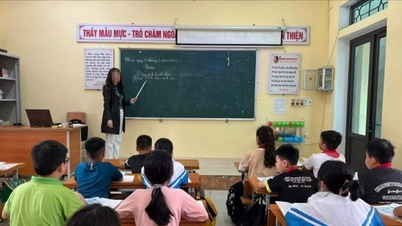










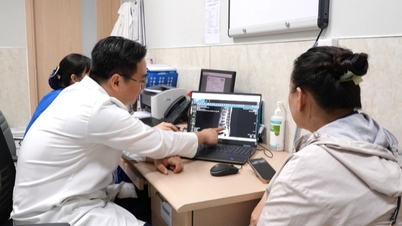



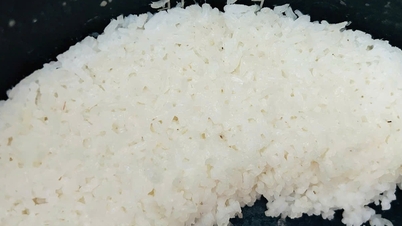


















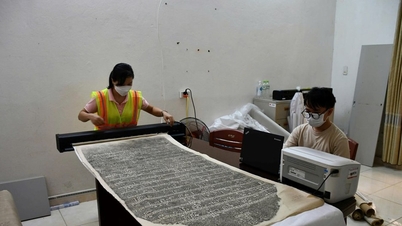
















![[VIMC 40 days of lightning speed] Da Nang Port: Unity - Lightning speed - Breakthrough to the finish line](https://vphoto.vietnam.vn/thumb/402x226/vietnam/resource/IMAGE/2025/12/04/1764833540882_cdn_4-12-25.jpeg)
















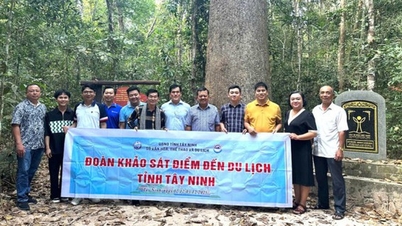































Comment (0)